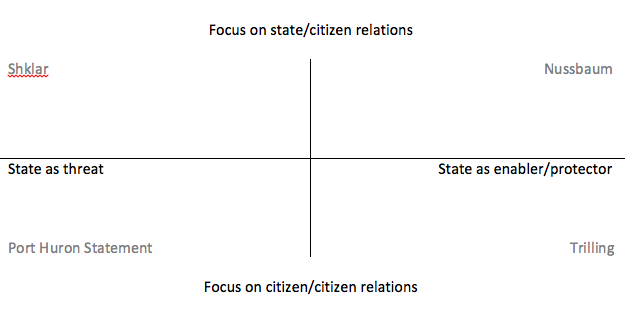In today’s column, Paul Krugman defends president Obama as “an extremely consequential president, doing more to advance the progressive agenda than anyone since L.B.J.” Krugman challenges “the persistent delusion that a hidden majority of American voters either supports or can be persuaded to support radical policies, if only the right person were to make the case with sufficient fervor.” He rejects the premise that a “sufficiently high-minded leader can conjure up the better angels of America’s nature and persuade the broad public to support a radical overhaul of our institutions.” Obama’s achievements, Krugman says, “have depended at every stage on accepting half loaves as being better than none: health reform that leaves the system largely private, financial reform that seriously restricts Wall Street’s abuses without fully breaking its power, higher taxes on the rich but no full-scale assault on inequality.” And that, Krugman argues, is the only way change happens in our system.
Between 2008 and 2010, I wrote a dozen posts and a Huffington Post piece defending President Obama against Krugman’s persistent critiques from the left. Then Krugman argued that we were in serious trouble because we had been “governed by people with the wrong ideas.” Obama should have challenged Republicans’ ideas with much stronger and more effective rhetoric in order to change public opinion. Instead, the president compromised on his progressive stance, and therefore Americans did not understand their options. Communication was everything for Krugman in those days. One column alone included these phrases: “What Mr. Obama should have said… Mr. Obama could and should be hammering Republicans… There were no catchy slogans, no clear statements of principle.” The president “has the bully pulpit,” but it will be worthless unless he “can find it within himself … to actually take a stand.”
Now Krugman says that it has never worked to try to shift public opinion dramatically to achieve radical policy. “Even F.D.R., who rode the depths of the Great Depression to a huge majority, had to be politically pragmatic, working not just with special interest groups but also with Southern racists.”
I absolutely do not blame Krugman for changing his mind. I am not calling him on an inconsistency here. He is doing what any intelligent person should do: intently studying the unfolding of history and forming and revising his opinions. My views have also changed since 2008, and if they hadn’t, I would be ashamed of my pig-headedness. I call attention to Krugman’s evolved views because they provide a kind of evidence in favor of one view of American politics. A Nobel-laureate economist with a very sharp eye for politics has tried out a couple of hypotheses, and the accumulated evidence as of 2016 leads him to endorse the strategies of Barack Obama ca. 2008-10.





